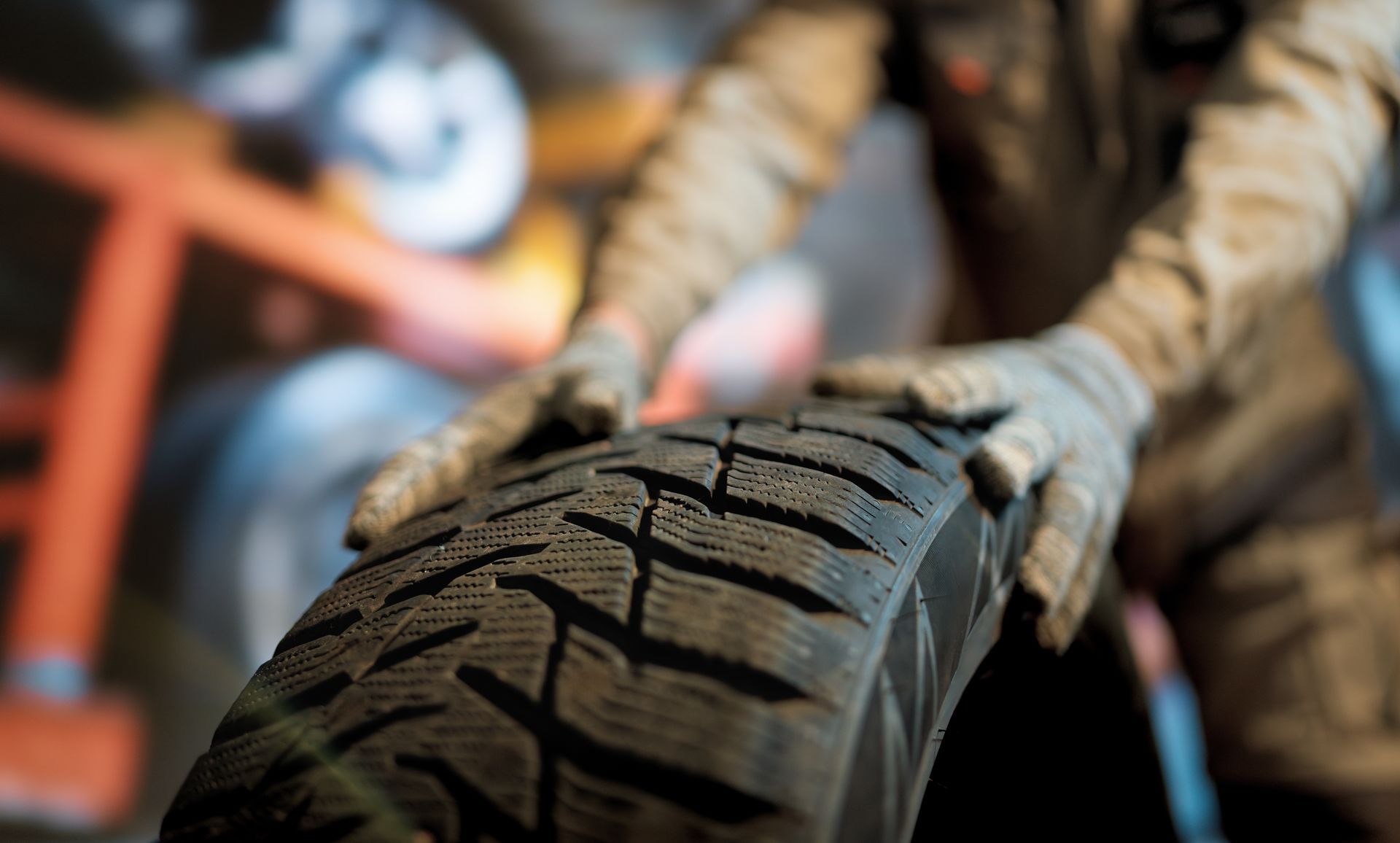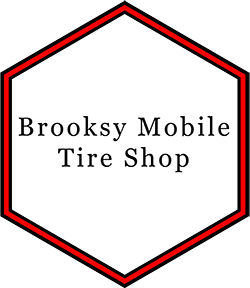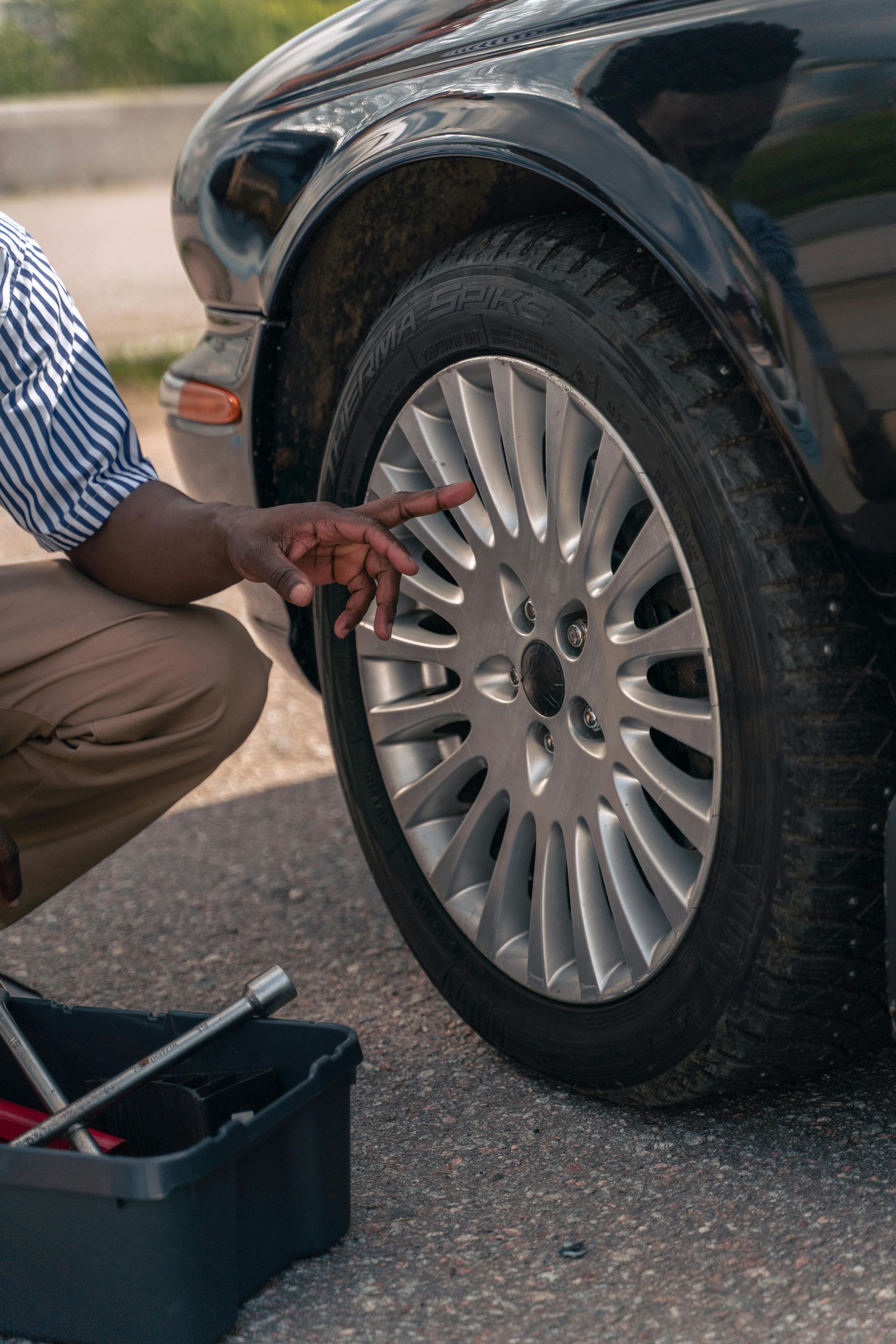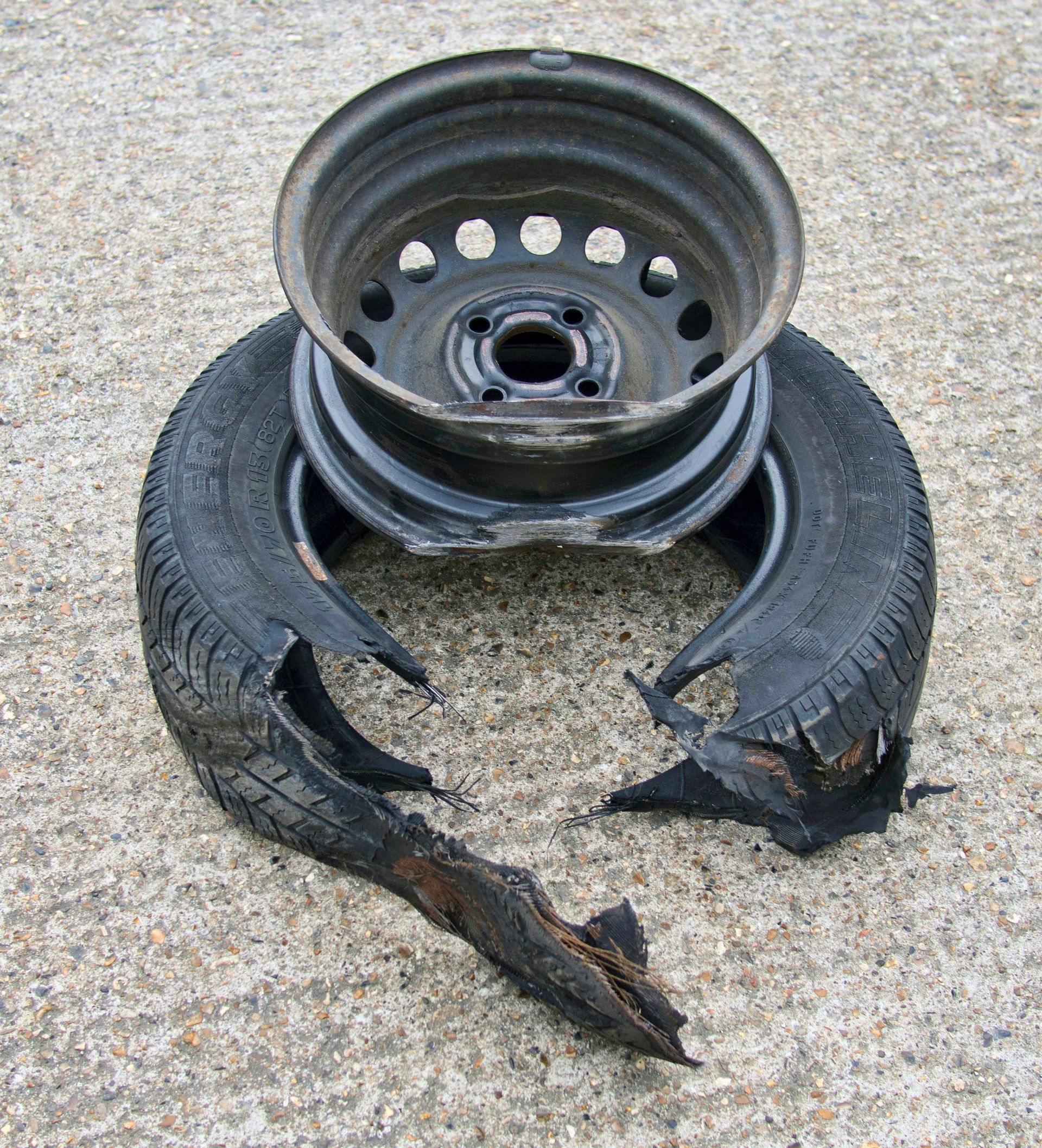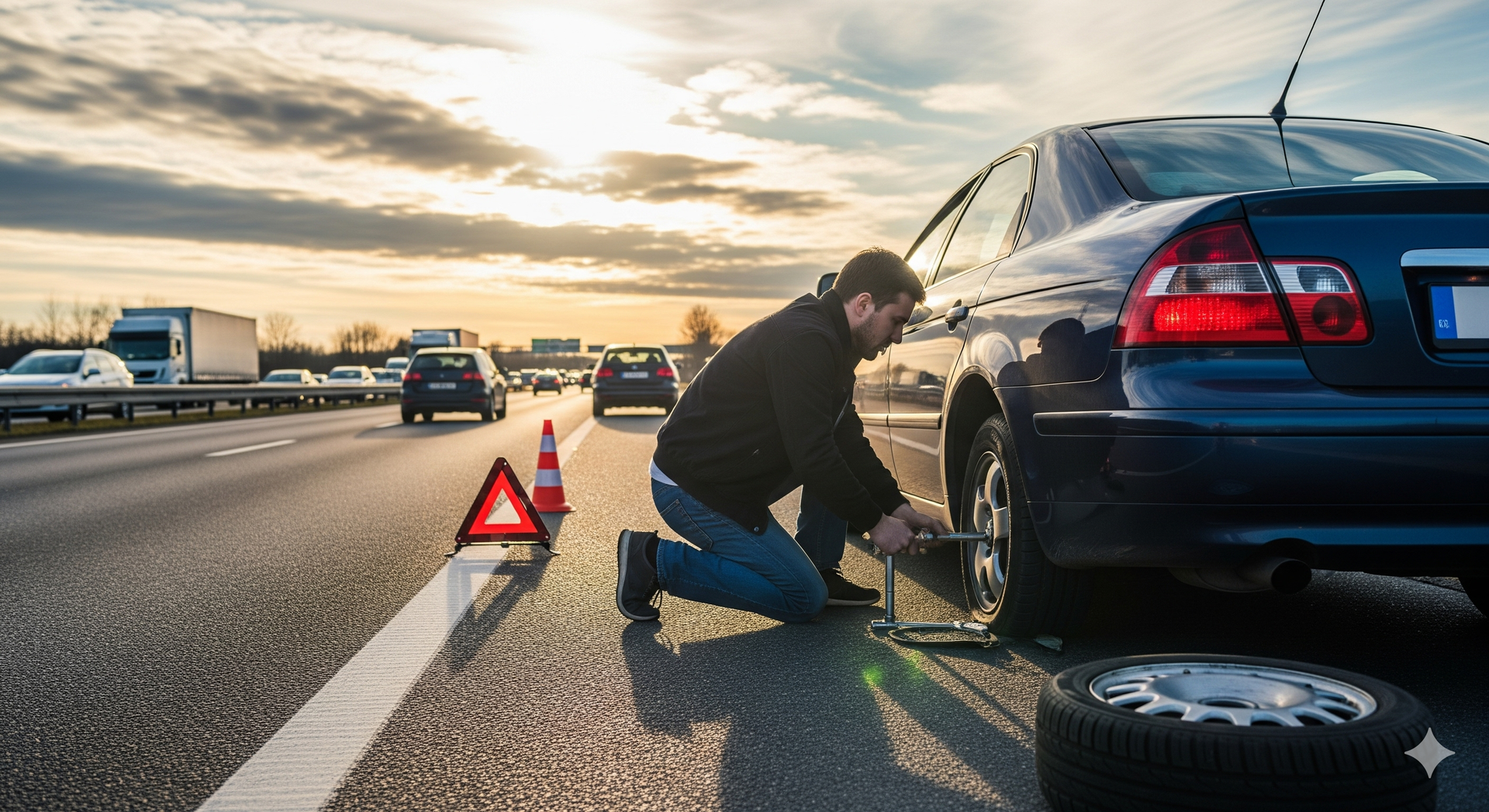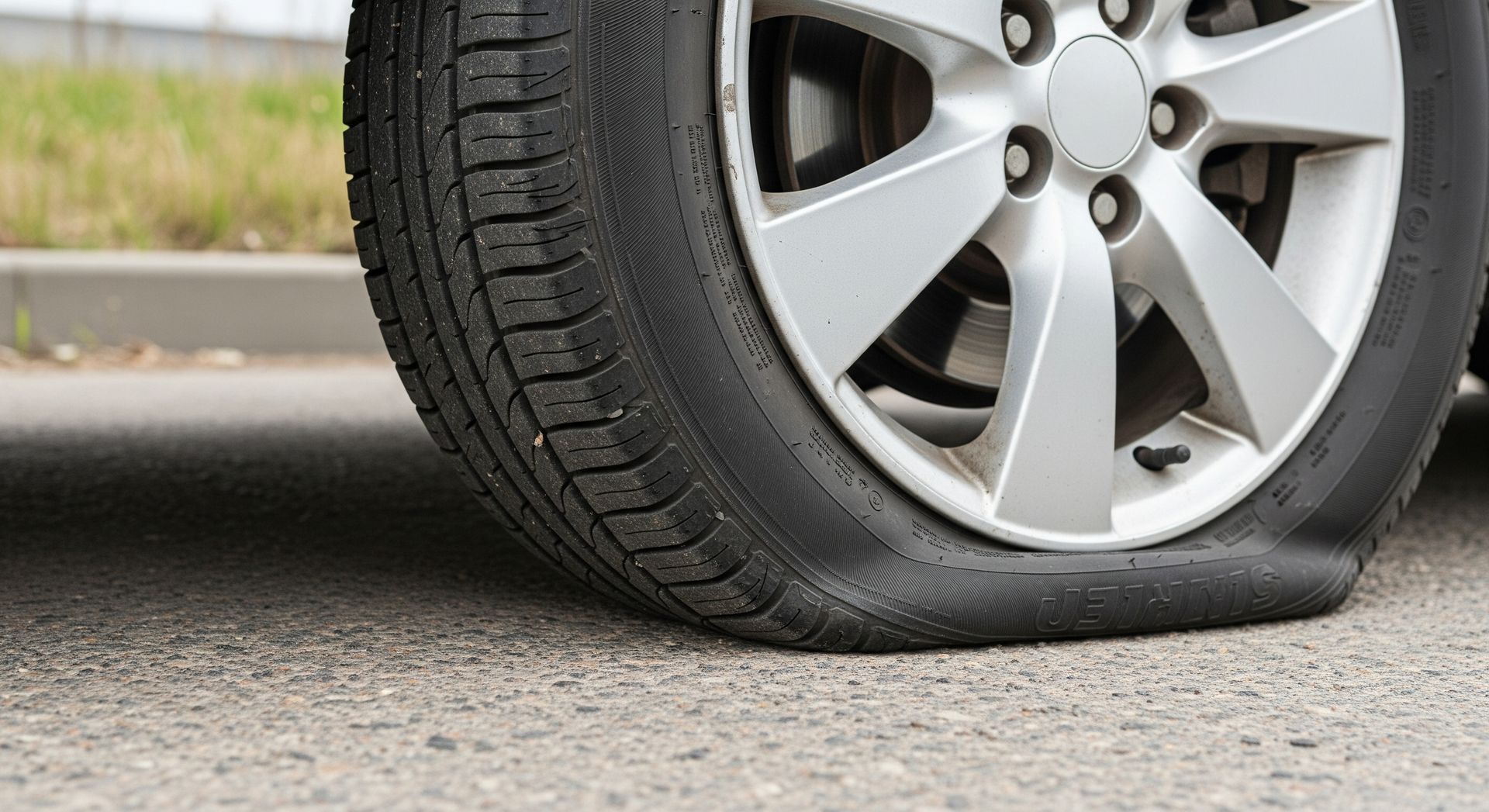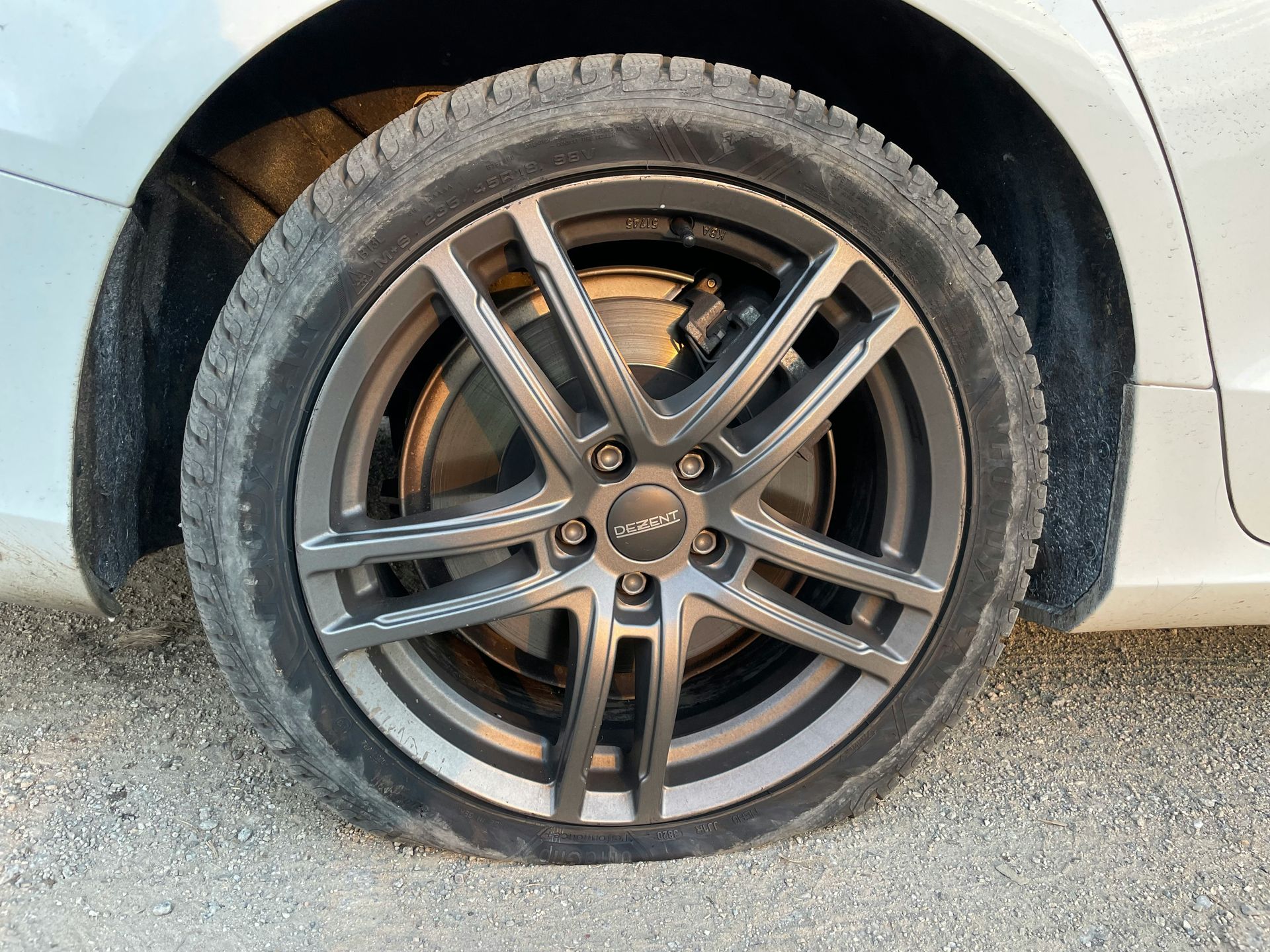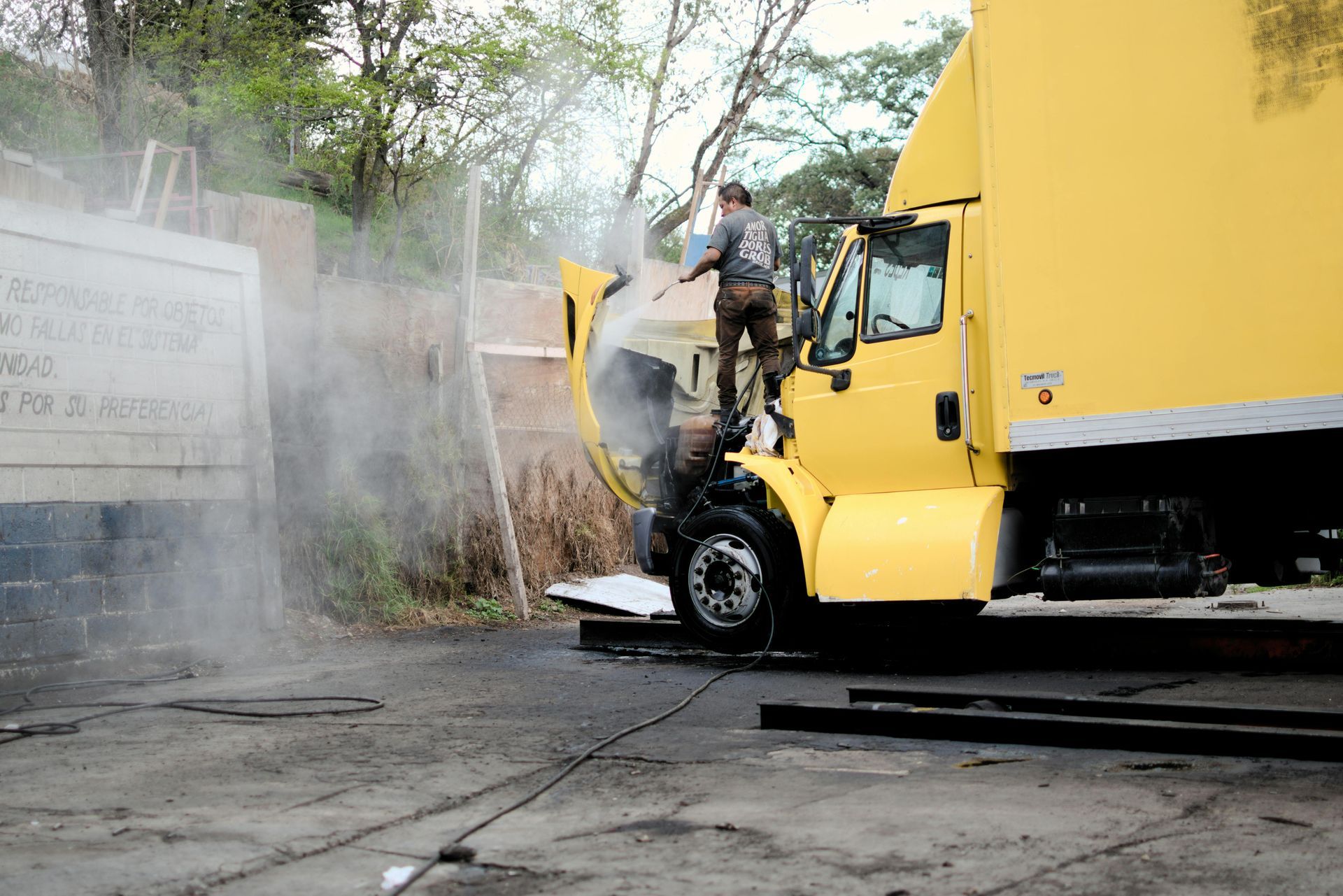What to Do If You Get a Flat Tire in Lauderhill? Try Our Jump Start Service!
Key Takeaways
- Flat tires at night are dangerous due to low visibility and fast traffic.
- Signs include pulling, noise, vibrations, or warning lights.
- Driving on a flat risks severe vehicle damage.
- Slow down, signal, and pull over safely.
- Check for punctures, leaks, or full deflation.
- Change the tire only if conditions are safe.
- Keep proper tools like a jack, wrench, and flashlight.
- Spare “donut” tires are temporary fixes.
- Call roadside assistance if unsure or unsafe.
Recognizing the Signs of a Flat Tire
A flat tire does not always involve a sudden, dramatic blowout. In many cases, the signs can be subtle. Drivers should remain alert to the following signs of a flat tire:
- The vehicle begins to pull to one side.
- There is a rhythmic flapping or thumping noise from one wheel.
- The steering wheel or vehicle itself vibrates more than usual.
- The tire pressure warning light on the dashboard illuminates.
Early recognition of these symptoms can help prevent further damage to the tire and the vehicle’s suspension and wheels.
Why Early Detection Matters
Ignoring the signs of a flat tire can lead to serious consequences. Driving on a flat tire can damage the wheel rim, affect the braking system, and compromise the vehicle’s handling, making it unsafe for both you and other motorists. Additionally, continuing to drive on a deflated tire can result in a complete tire blowout, which poses significant safety risks, especially at higher speeds.
Florida’s road conditions, including sudden rainstorms and highway debris, make it particularly important for drivers to check tire conditions regularly and to address any warning signs immediately.
How to Pull Over Safely
If you suspect that you have a flat tire while driving, it is essential to remain calm and take measured action. It is crucial to select a safe location away from traffic. In Florida, many highways have well-lit rest areas or wider shoulders suitable for stopping safely. Once stopped, engage the parking brake and activate your hazard lights to alert other drivers to your presence.
- Gradually reduce your speed while maintaining a firm grip on the steering wheel.
- Avoid sudden braking or sharp steering movements, which could destabilize the vehicle.
- Use your turn signal to indicate your intention to pull over.
- Steer your vehicle to the shoulder of the road, an emergency pull-off area, or a nearby parking lot if possible.
Assessing the Damage
After ensuring it is safe to exit your vehicle, conduct a careful inspection of your tires. If the tire is significantly damaged or entirely flat, it is unsafe to continue driving. However, if the tire appears to be only slightly underinflated, it may be possible to drive a very short distance at a low speed to reach a safer location. It is always safer, however, to stop and resolve the issue rather than risk further damage by driving on a flat tire. And while you’re assessing the physical damage on your vehicle, here’s a guide on how much it costs to repair a flat tire. Keep these additional tips in mind:
- Examine the tire for visible punctures, cuts, or sidewall bulges.
- Listen for hissing sounds, which could indicate a rapid air leak.
- Determine whether the tire is fully deflated or only partially losing air pressure.
How to Change a Flat Tire at Night
If conditions are safe and you are confident in your ability to change the tire, you may choose to replace it yourself.
Essential Tools and Equipment
Ensure you have the following in your vehicle:
- A spare tire in good condition.
- A car jack suitable for your vehicle’s weight.
- A lug wrench.
- A flashlight with fresh batteries or a rechargeable lamp.
- Reflective warning triangles or road flares.
- Gloves to protect your hands from dirt and heat.
Step-by-Step Tire Change Procedure
- Park on a level surface and apply the parking brake.
- Place reflective warning triangles behind your vehicle to alert oncoming traffic.
- Loosen the lug nuts slightly before lifting the vehicle.
- Position the jack under the manufacturer’s recommended jacking point and raise the vehicle until the flat tire is off the ground.
- Fully remove the loosened lug nuts and the flat tire.
- Align the spare tire with the wheel bolts and install it onto the hub.
- Hand-tighten the lug nuts.
- Lower the vehicle until the tire contacts the ground firmly, then tighten the lug nuts in a crisscross or star pattern to ensure even pressure.
- Verify that the spare tire has adequate air pressure before driving.
Remember that compact spare tires, often referred to as “donuts,” are temporary solutions intended for low speeds and short distances. Plan to replace them with a full-size tire as soon as possible.
When to Call for Roadside Assistance
There are many situations in which changing a tire yourself is not advisable, particularly at night or in unsafe locations. Contact professional emergency roadside assistance in the following circumstances:
- You do not have the required tools or equipment.
- You are unsure of how to change a tire safely.
- The tire damage is severe, such as a shredded tire or significant sidewall rupture.
- The vehicle is stopped in an area with heavy or fast-moving traffic.
- You feel unsafe remaining outside your vehicle.
Many Florida drivers have access to services such as insurance-provided roadside assistance, or vehicle manufacturer support programs. It is wise to save these numbers in your phone for quick access during emergencies.
When calling for assistance, provide clear information about your location, including the road name, the direction of travel, the nearest mile marker, exit number, or visible landmarks. This information will help responders reach you as quickly as possible. Fortunately, Brooksy Mobile Tire Shop is a reliable option to provide
mobile tire repair and replacement wherever you are in the area. The shop also offers
specialized commercial and fleet tire services
for bigger vehicles.
Safety While Waiting for Assistance
While waiting for help, your safety remains the top priority:
- Keep your hazard lights activated to maintain visibility to passing drivers.
- Stay inside your locked vehicle if the surroundings feel unsafe.
- If you exit your vehicle, wear a reflective vest and remain a safe distance from traffic.
- Avoid accepting rides or assistance from strangers unless you feel completely secure. Politely decline and inform them that professional help is on the way.
Florida roads often remain active late into the evening, making visibility and caution particularly important while you are stopped.
Final Thoughts
Don’t let a flat tire leave you stranded on Florida’s roads. Stay prepared and drive with confidence by trusting a fast, reliable mobile tire repair and replacement service whenever you need them—day or night. Whether you’re dealing with a sudden blowout or simply want peace of mind on your journeys,
contact Brooksy Mobile Tires today to help you roll forward.
